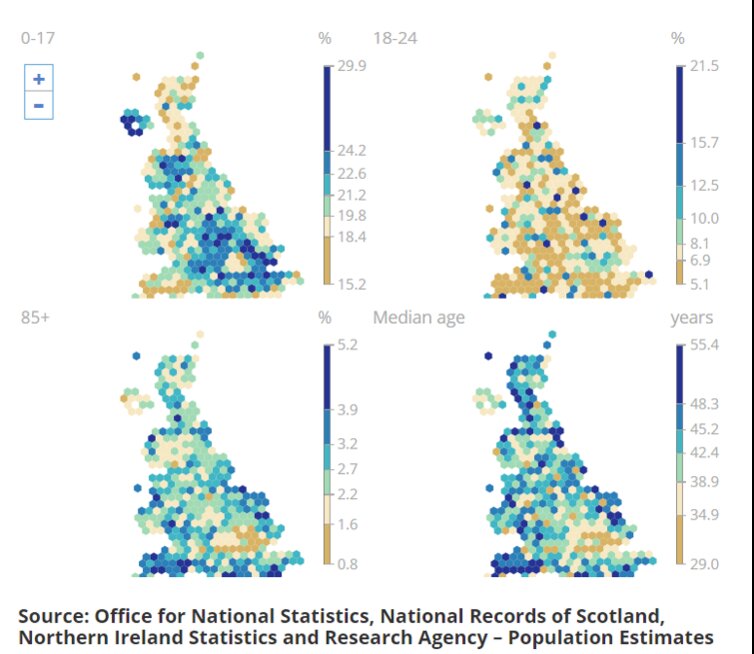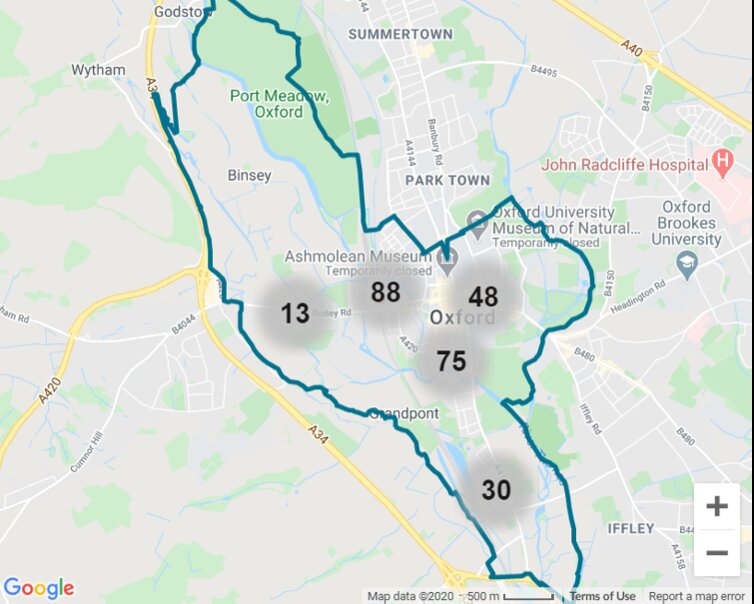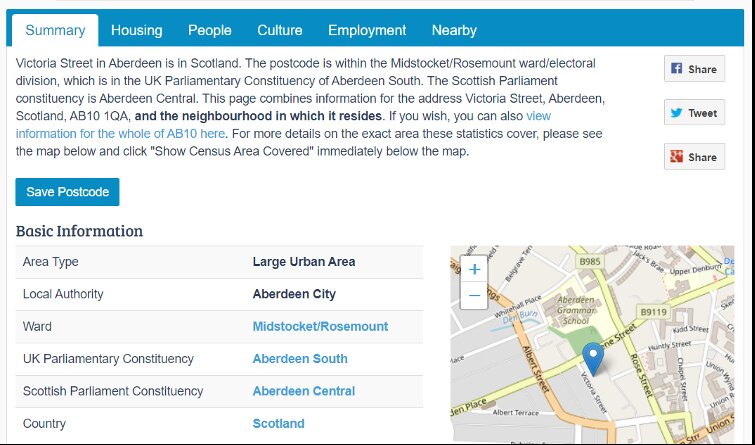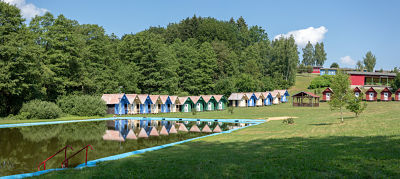
In this post, we’re sharing some tips and resources that you will need before investing in property. These tips will guide you when conducting property research. We will take you through how to identify growing areas, how to assess area demographics, and how to research the history of a property.
Before we start, you should know that a lot of this process is subjective. You’ll need to be honest with yourself about your property, expenses, level of input, and what you will and won’t put up with. If you’re not completely honest with yourself, this will skew your research.
Why You Should Invest in Growing Areas
You’ll hear this repeated often in landlord and property focussed publications: “invest in places that are seeing growth”. If you invest in a growing neighbourhood you can likely expect lower house prices, better capital gains as the area grows and a higher demand in the rental market.
Looking for up and coming neighbourhoods isn’t an exact science, no one has a crystal ball, but there are some key indications that a place is about to do well. To succeed in this strategy, you need to purchase property before the growth occurs. If you wait until the growth has happened, demand for property will have already risen, and house prices along with it. So, this is a risky strategy, but if you do your research and invest wisely it’s one that can really pay off.
First you’ll need to familiarise yourself with what the indicators of growth are and where you can find further information. Before we begin, keep in mind, you can find all the data you want, but there is always a risk that planned developments get withdrawn, or the neighbourhood just doesn’t perform as you expected. Doing the research first vastly increases your chances of finding an area that’s poised for growth, but we want to make it clear that this strategy is not without risk.
Start Broad with Your Property Investment Research
If you start your research by searching “best areas for property investment” online, you’ll no doubt see a lot of articles with their own opinions based on housing prices and sometimes average rental yield data. If you have no idea where you want to invest these can be a good start, but they certainly don’t provide enough information to make an informed decision.
Research the Local Developments in Your Desired Investment Area
Once you’ve got a good idea of what county you want to invest in, search online for that county’s development plan. The search term “local council development” followed by the county should bring these results up first.
The development pages for the local council will detail which areas the government are investing in. It’s likely you’ll see growth in these places (depending on the development). Remember these plans are often laid out for years at a time and you usually won’t see much growth until the development is completed.
If you know where you want to invest (down to postcode level) and you don’t want to go digging through reams of government literature about their latest developments, search the Planning Permission Department instead. Each local council will have its own Planning Department online, so you will need to search for “planning department” followed by the name of the county to find the correct website.
When you get to the correct website, you should be able to enter the postcode that you are researching. This will show you nearby planning applications and whether they’re still in the planning stages or if they’ve been approved or declined.
If there are a lot of businesses investing in the locality, for instance building new shops, it indicates growth or future growth, particularly when the investing businesses are well known.
The Department for International Trade publishes brochures to invite capital investment in our major cities. These brochures detail infrastructure and property developments in different regions and are free to download. These also contain information about property prices and projected property values. They contain a lot of useful intelligence if you’re looking for the right place to invest. These are essentially sales brochures so they will naturally present the information in its best light, however, they do represent one of the easiest ways to scope out planned regeneration projects.

Consider the Demographics in the Area Before Investing in Property
Consider the age demographic of the area you’re considering investing in. Places that have a high number of people in their twenties and thirties tend to indicate growth. This demographic has usually been priced out of more established neighbourhoods, so they tend to gather in neighbouring suburbs and towns that are cheaper, close to amenities and usually rail links. Once this demographic move into a neighbourhood, businesses follow and the area begins to boom. This is certainly not a fool proof way to find an up and coming location, but it is a good indication.
Most websites that provide UK demographic data will be taking the data from the 2021 census, which has been releasing sections of the data over the past year. Each year the ONS release population estimates, while these aren’t based on actual data they are based on projections and are likely to be more accurate than the census data once it becomes outdated. In the latest release there is an interactive map that allows you to explore the age demographics by county. Click on the image below to visit the map, it may take a few seconds to load:

Check How Long a Property Has Been on the Market Before Investing
If houses in an area are taking a long time to sell it’s an indication that growth in that market is slowing. If properties sell quickly then it’s a place that is or soon will be in demand.
This metric should not be used in isolation, but it will give you more information on how an area is doing. If houses are selling quickly then they are in demand and you’ll pay more for them, if you know a regeneration project is planned house prices may be low until the regeneration is underway.
Using the Home website you can see the average time on market at town or city level:

While this gives you a good idea of the average time on the market, you can get a more granular view from Rightmove and Zoopla (or SpareRoom for HMO’s). Listings state how long the property has been on the market for. Looking at this data allows you to compare properties that are similar to the one you are investing in.
Check for New Transport Links Near Your Investment Property
New rail links are also an indication of potential growth. New train stations are being opened all the time and they are often prime locations for attracting working professionals, you can find details of newly planned railway stations here.
It’s difficult to find information for new bus stations, but these can also be a good indication of a developing area. To find new bus stations search online for “new bus stations” and the town or city you are researching. Filter the results by date so you’re only getting the most relevant results.
Research Property History Before Investing
Looking at the property history can tell you:
- When the property was last on the market
- How much the property sold for
- How long the property took to sell
- Any significant developments at the property requiring planning permission
These are good things to consider before buying a property.
You can search for previous sales prices on Rightmove. Simply enter the postcode of the property and it will tell you when it last sold and for how much. The data goes back to 1995 and runs about a month behind. The data comes from the Land Registry so is accurate. You can also search house sales on Zoopla who give an estimate of how much they think a property is worth.
Next do a google search for the property you’re checking, and click into news results, if anything untoward has happened in or around the property you’ll find it here.
Search for planning applications in the neighbourhood using the postcode of the property.
On the planning website you’ll be able to see if there have been any planning applications for the property, including whether they were refused or granted and what stage they’re at. This gives you a feeling for the appetite of the local council if you’re thinking of renovating and can give you some insight into things that have happened at the property.
All this will reveal the history of the property which can help screen out a bad investment before you put money into it. You should always get a survey done on a prospective property as this will reveal any major issues.
What Type of Neighbourhood do You Want to Invest In?
If you’ve got an idea of where you’d like to invest, the next thing is scoping out the neighbourhood. Here you’re looking to find out what local amenities are like. For example:
To rent to families, find out where the nearest schools are. If they’re far away families won’t want to live there.
Look at local job prospects if you want to rent to professionals. If there aren’t a lot of businesses present or moving in and there aren’t strong transport links, professionals won’t want to live there.
Properties near a university are essential to attract students (as are good broadband speeds).
So, know what kind of tenant you’re looking for and conduct your research with that in mind.
Once you’ve got a feel for the amenities (which you can list in your rental listing if you’re doing it yourself) you should read news from that area. Follow local newspapers and see what kind of stories come up. This will give you hints towards the demographics of a neighbourhood, any events that are held there and any interesting new developments.
Always Look at Crime Statistics Before Investing in the Area
Check out the crime statistics of the place you are investing in. It’s easy to do this on the police website.

When you click into the circles on the crime map it will zoom in and show more granular data. If you click through to street level it will list the types of crimes committed on these streets.
High levels of crime are bad for a neighbourhood and you would do well to pay extra consideration to this if you’re looking to house vulnerable people or families. Sometimes you get to this point and realise why the nice house you were eyeing up is on the market so cheaply.
Research the Local Events and Community Before Purchasing an Investment Property
Search for events, classes, meet ups etc. in the neighbourhood you want to invest in. These demonstrate a lively community and should give you some idea as to the demographic of the area. If there are a lot of courses and hands on workshops, it’s likely to be a professional town. If there’s a lot of flower arranging and knitting groups, then it’s likely to be an older demographic. This isn’t the be all and end all, but the number of available events is a useful gauge as to what’s out there that others would be attracted to.
Eventbrite is a great place to find out what’s on across the UK, but you should also search online for community clubs or centres and other local events that may not be advertised here.
Other things to consider are:
- Nearest shops and supermarkets
- Pubs or clubs nearby (may make letting a property difficult due to noise)
- Restaurants nearby
- Is it easy to get takeaway?
- Where are the nearest doctor’s surgery and hospital?
- Is there a police or fire station nearby (these can be noisy to live close to)?
- Are there industrial units close by (again can be noisy)?
- Are there gyms nearby?
Think about the conveniences and the inconveniences too. What would put you off living in a property, chances are it will be very similar for someone else.
Use Street Level Data to Access In Depth Data on Property Investment Areas
Street Check is an in-depth resource that will give you a great summary of any area you’re thinking of investing in.

Using Street Check will give you a summary down to street level. Here’s just a selection of the data you can get from this site:
- House sale prices from the Land Registry
- The breakdown of housing types
- The types of housing tenure
- How many people on average live in a property
- Information on the social grade of people
- Overall gender
- Approximate age groups
- Relationship status
- Health
- Education and qualifications
- Religion
- Ethnic group
- Passports held
- Country of birth
- Employment status
- Employment industry
- Link to the crime statistics
- An interactive map (with a list view) of nearby railway stations, hospitals, doctors, dentists, opticians, primary schools and secondary schools.
- And the average broadband speeds
All this information can give you a really good idea of which tenants you’re likely to find there and what the area is like. (The demographic data is currently based on the last census in 2011 but should be updated soon, so keep this in mind).
For more information on how to conduct property investment research, check out our other property investment guide which goes into even more detail and will help you to assess house prices, average rents, rental demand, and rental yields.



